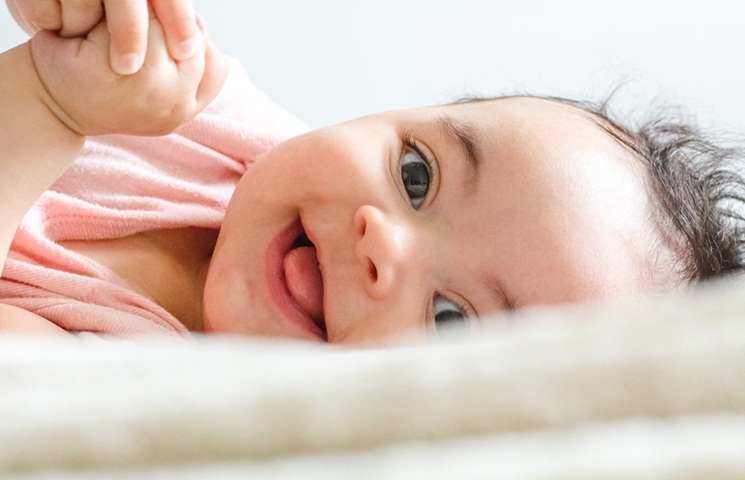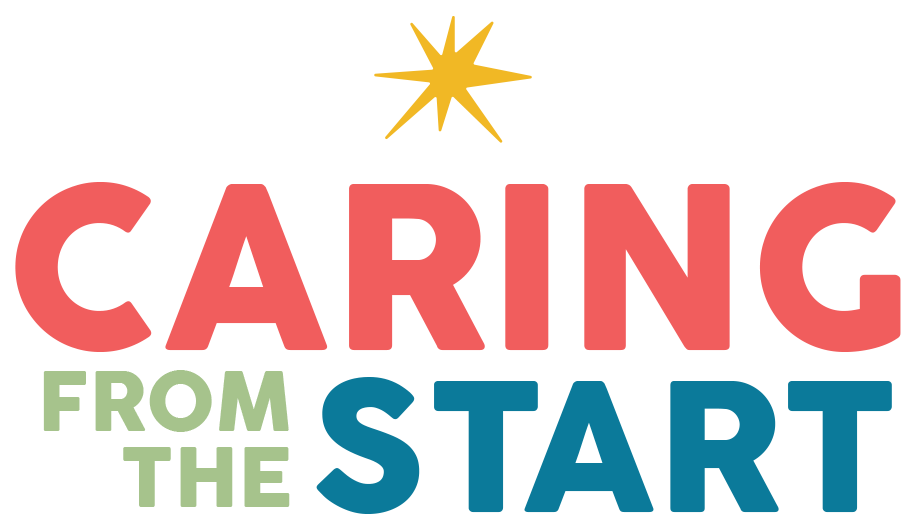Babies have a way of surprising us from the moment they’re born. One day, you’re simply amazed by how tiny they are, and the next, you’re trying to interpret every grunt, cry, and coo. That’s where things can get confusing: you might be unsure if they’re hungry, over-tired, or just looking for some snuggles. Many Savannah parents search online for trusted pediatricians to better understand their baby’s cues. At Pediatric Associates of Savannah, we’ve been guiding families through these early moments since 1971. Our goal is to help you feel confident in understanding your baby’s cues—so you can respond with love, comfort, and care.
Why Infant Cues Matter
Newborns communicate around the clock. They rely on signals like crying, facial expressions, and body movements to share their needs. Even though these cues can be subtle, they’re a vital part of a baby’s development.
Recognizing when your child is tired, hungry, or seeking attention helps you respond quickly, which builds trust. Babies who feel understood often cry less, rest better, and settle into routines faster. Our pediatricians see this firsthand during well visits—once parents learn to decode these early cues, life tends to run more smoothly.
Decoding Different Cries
Crying is a baby’s first “language,” but not all cries mean the same thing. Some are soft and repetitive, while others are intense and urgent. A low, rhythmic cry might signal hunger, while a sharp, high-pitched wail could indicate pain or sudden discomfort.
Paying attention to the volume, pitch, and speed of the cry can offer clues about what’s going on. If you’re concerned about colic or digestive issues, our same-day sick appointments are available year-round. We also help parents analyze feeding patterns and offer tips to ease fussiness—one of the most common reasons families seek help.
Facial Expressions and Eye Contact
Infants often reveal their emotions through facial changes. Wide eyes can show curiosity or excitement, while furrowed brows might indicate stress or concentration. Eye contact is also a key part of bonding and communication.
Many families visiting our locations on Waters Avenue, Pooler Parkway, and Whitemarsh Island share stories about the first time they realized their baby was intentionally looking at them. Moments like these are more than sweet—they’re major milestones in emotional and social development.
Body Language: More Than Just Wiggling
Babies use their entire body to communicate. A relaxed, open posture could mean they’re ready for interaction, while pulling limbs close or arching the back may suggest overstimulation or discomfort.
One minute they’re alert and playful, and the next they’re turning away. Recognizing these shifts helps prevent meltdowns. Our pediatric nurse practitioners often advise parents to watch for small cues like rubbing eyes or yawning—signs that it’s time to wind down before a full-on crying session.
Baby Sounds Beyond Crying
Newborns experiment with coos, gurgles, and other gentle vocalizations as they grow. These sounds usually appear when babies feel calm or intrigued. Think of them as early attempts to join conversations. Repeating these noises back in a soft, friendly tone encourages them to keep practicing new sounds.
As months pass, babbling becomes more structured, paving the way for recognizable words. Our practice encourages frequent, light-hearted “chats” with infants—conversations that help lay a solid foundation for language development.
The Value of Responsive Parenting
Responding promptly to cries and cues helps shape a baby’s sense of security. Some parents worry that picking up their baby too often might “spoil” them, but research shows that swift, caring responses actually boost emotional stability and trust.
Babies who feel safe tend to communicate more clearly. They learn that their attempts at “talking” are effective, which motivates them to keep going. We often discuss this during free prenatal consultations, reassuring expectant parents that comforting their baby is never the wrong choice.
Baby Sign Language and Gestures
As fine motor skills improve, infants might use hand gestures to point or wave. Some families introduce simple baby sign language, like signing “eat” or “more,” to help bridge the gap between crying and speaking.
Parents often tell us this lowered household stress, as their child could request something specific without frustration. Whether using formal signs or natural gestures, consistency and repetition help babies learn what each action means.
Recognizing Overstimulation
Babies can only handle so many new sights and sounds at once. If your baby becomes fussy in a noisy room, it might be a sign of overstimulation. Some babies respond by crying, while others tense up, look away, or startle easily.
Creating a quiet space at home can help your baby reset when overstimulated. Tracking these cues also helps during visits, whether for checkups or ear piercings.
Monitoring Developmental Milestones
Every baby’s pace is unique, but there are general time frames for major communication milestones. Smiling on purpose often starts around two months, and babbling may kick into gear closer to six or seven months.
We track these milestones closely at Pediatric Associates of Savannah. If a baby isn’t cooing or reacting to sounds, we explore possible hearing issues or other factors that could impact communication. Regular checkups provide the best chance to catch and address any potential delays early on.
Final Thoughts: Strengthening Your Bond
Understanding baby cues transforms those early months from guesswork into a smoother, more connected experience. Instead of feeling unsure when your baby cries, you’ll recognize whether they need food, sleep, or just a comforting hug. At Pediatric Associates of Savannah, we’re dedicated to helping you feel confident in your parenting journey. Our team has been a trusted part of the community since 1971, offering expert guidance and care to new parents. We follow AAP guidelines to ensure our recommendations align with the latest pediatric best practices.
💬 Want expert guidance on your baby’s development? Schedule a visit with Pediatric Associates of Savannah today—our team is here to support you at every stage.



